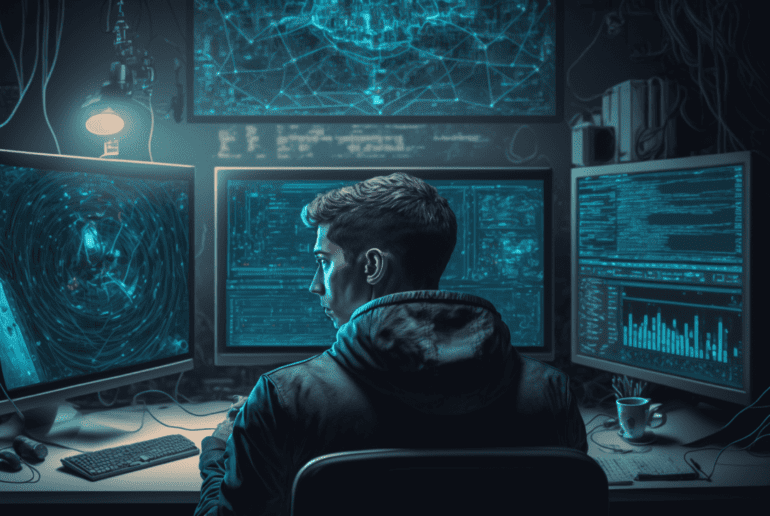TL;DR:
- Detective Sergeant Paul Johnstone highlights the use of AI by the gardaí to identify a 14-year-old victim of catfishing and the perpetrator.
- AI aids in extracting vital evidence, including the victim’s school badge, leading to the identification of the victim and suspect.
- AI technology complements human oversight, ensuring a constructive and practical approach to cybercrime investigations.
- Gardaí welcomes potential legislation to enhance their ability to analyze CCTV footage.
- The evolving landscape of cybercrime, fueled by AI, poses challenges, but the gardaí’s proficiency in AI tools is a deterrent.
Main AI News:
In a breakthrough revelation at the Annual National Prosecutors’ Conference held in Dublin’s Convention Centre, Detective Sergeant Paul Johnstone of the Garda National Cybercrime Bureau (GNCB) shed light on the transformative role of artificial intelligence (AI) in modern law enforcement. While cybercriminals leverage AI tools for nefarious activities, the gardaí have harnessed this technology as a formidable asset in their pursuit of justice.
In his address to prosecutors, Detective Sergeant Johnstone recounted a compelling case involving a 14-year-old schoolgirl ensnared in the treacherous web of catfishing. The young girl, under the false impression that she was conversing with another 14-year-old, unwittingly shared explicit images of herself donned in her school uniform on social media. What she didn’t realize was that her digital confidant was, in fact, a man in his 40s posing as a teenager in a classic act of catfishing.
The pivotal moment in this investigation came when gardaí employed AI tools to discern the victim’s identity and unmask the elusive suspect. Through meticulous analysis, they extracted an image of the schoolgirl’s distinctive school badge. This emblem became the key to unlocking a vast database, the International Child Sexual Exploitation (ICSE) database, spanning 68 countries. With astonishing precision, the gardaí successfully identified the school, subsequently pinpointing the Irish victim and the true identity of the suspect.
Detective Sergeant Johnstone emphasized the dual role of AI in their efforts, both constructive and practical. Thanks to AI, the victim received appropriate intervention, and the possibility of prosecuting the suspect loomed on the horizon. It is this synergy of technology and human oversight that underpins the gardaí’s approach.
Responding to inquiries regarding proposed legislation by Taoiseach Leo Varadkar, Detective Sergeant Johnstone expressed the law enforcement’s eagerness to welcome any legal framework that facilitates the analysis and utilization of CCTV footage. He reiterated that in the digital age, virtually all criminal activities leave behind technological footprints, reinforcing the critical need for cutting-edge tools.
Johnstone also underscored the evolving landscape of cybercrime, enabled by AI advancements. Criminals now have the capacity to upscale their phishing and ransomware attacks, often outsourcing these sinister endeavors to hackers for as little as €45. The proliferation of generative AI, deepfakes, and voice cloning has rendered phishing attacks increasingly sophisticated and challenging to detect. However, the gardaí’s proficiency in employing AI tools for data processing and image analysis has become a formidable deterrent.
In conclusion, Detective Sergeant Johnstone extended a warm embrace to AI, recognizing its vast potential to bolster investigative efforts. As law enforcement adapts to the digital frontier, the fusion of human expertise with AI technology promises to be a pivotal force in the ongoing battle against cybercrime.
Conclusion:
The Garda National Cybercrime Bureau’s successful use of AI in combating cybercrime underscores the growing significance of AI technology in law enforcement. The ability to swiftly identify and apprehend criminals using AI-driven techniques is crucial in today’s digitally connected world. This highlights the potential for growth and demand in the market for AI solutions aimed at law enforcement agencies globally.

